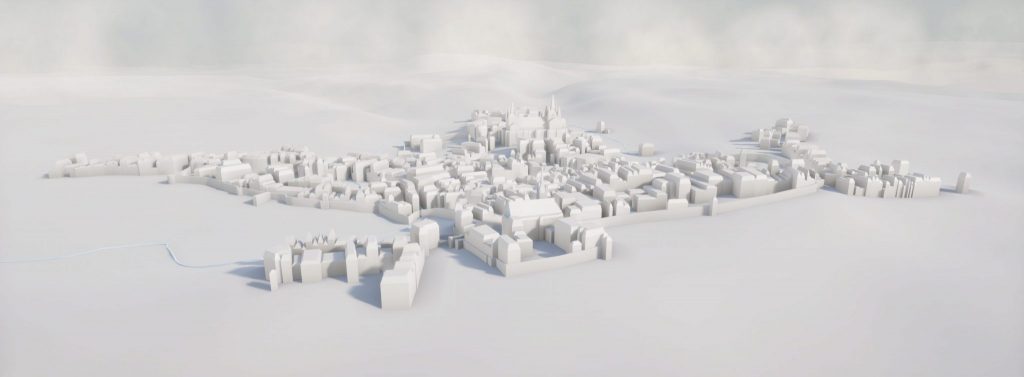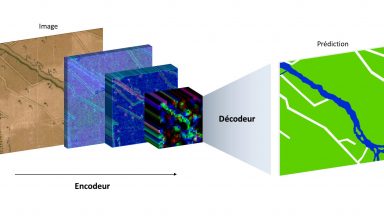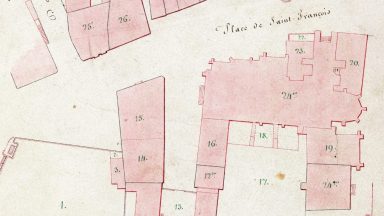Lausanne 1831

The “Berney” cadastre is the main source for understanding the urban development of Lausanne in the first half of the 19th century. It was established between 1827 and 1831 and covers the entire Lausanne region. The project of vectorization of the Berney cadastre aims to make it digitally intelligible and searchable. Its scientific potential is exceptional in two respects. Firstly, it is one of the few cadastres of this period to extensively document peri-urban areas. Indeed, farms and hamlets in the surrounding area are mapped in detail within a very large radius. It is therefore a valuable source for documenting the process of urbanization, as well as for studying the history of the economy prior to the industrial revolution, from the point of view of the territory. The Time Machine Unit team invented new computational methods to solve the problem of automatic large-scale extraction of all graphical elements. Our research developed an automatic segmentation methodology based on neural networks.
The “Berney” cadastre also consists of a valuable and detailed legend describing land use and naming the owners that was likewise extracted.
Interactive map
The digital map allows to explore the information contained in the land register from different angles. Analyze the map and consult statistics on property owners !
For a more pleasant viewing experience, click on the ![]() button to display the map in full screen mode.
button to display the map in full screen mode.
Coordination : Isabella Di Lenardo
Data production : Irene Bianchi, Rémi Petitpierre, Lucas Rappo
Web integration: Nicolas Mermoud-Ghraichy
Lausanne 1727

The creation of the Melotte cadastre began in 1721 and ended in 1727. This makes it one of the oldest cadastres in Europe and in the world. Although Lausanne had already been the subject of a schematic cadastre in the 17th century, the Melotte is the first geometric survey of the city. The Melotte cadastre embodies the Lausanne of the Enlightenment, and the surroundings. Because of its age, it is of particular historical importance for the history of urban planning and cartography. The Melotte sheets have already been extracted and geolocalized and they could be the subject of further extraction in the near future.
Lausanne 4D

The purpose of the reconstruction of Lausanne in 4 dimensions is to popularize and visualize the results of research on the territory. This type of reconstitution is also a technical challenge whose pipeline is still largely manual. However, the 4D reconstruction is the ultimate and intuitive representation of the history of the territory and we believe that the next few years will see a massive shift towards this kind of representation. To learn more about this subject, please refer to the publication below.

